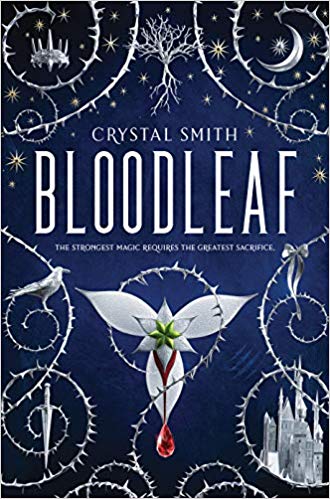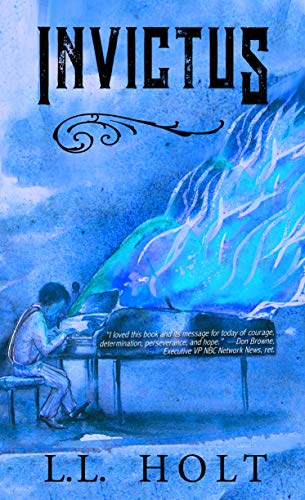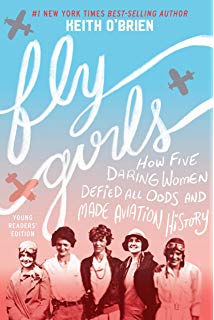
Princess Aurelia lives in a kingdom where witches are routinely accused and executed. Some think she is a witch. Her only chance of escape is to fulfill the pact her parents made for her to marry a prince from a nearby kingdom and forge an alliance between the two. But Aurelia is forced to flee on the way to her new home, and she enters the capital city in disguise. As she builds new friendships and falls for a forbidden love, she seeks a way to liberate both her own kingdom and the new realm she lives in.
Bloodleaf by Crystal Smith is a captivating adventure that twists and turns throughout the story as it takes readers on a spellbinding journey. At times dark and foreboding, tension builds throughout as Aurelia discovers a devious plot that will bring citizens from both countries under the thumb of an evil force. I can’t resist a book that combines mystery, romance, magic, and just the right amount of creepiness to tell a satisfying tale. I was intrigued until the last page, and look forward to reading the sequel.
While the tale is a fantasy, Bloodleaf has parallels in modern political situations, and should make for great discussions in mother-daughter book clubs. I highly recommend it for readers aged 14 and up.
The publisher provided me with a copy of this title in exchange for my honest review.








